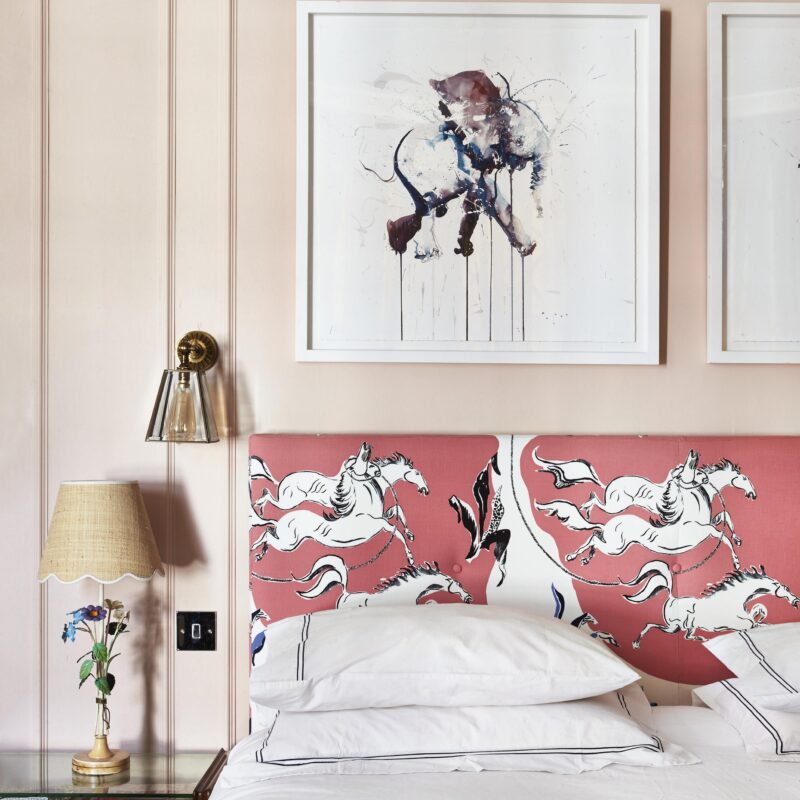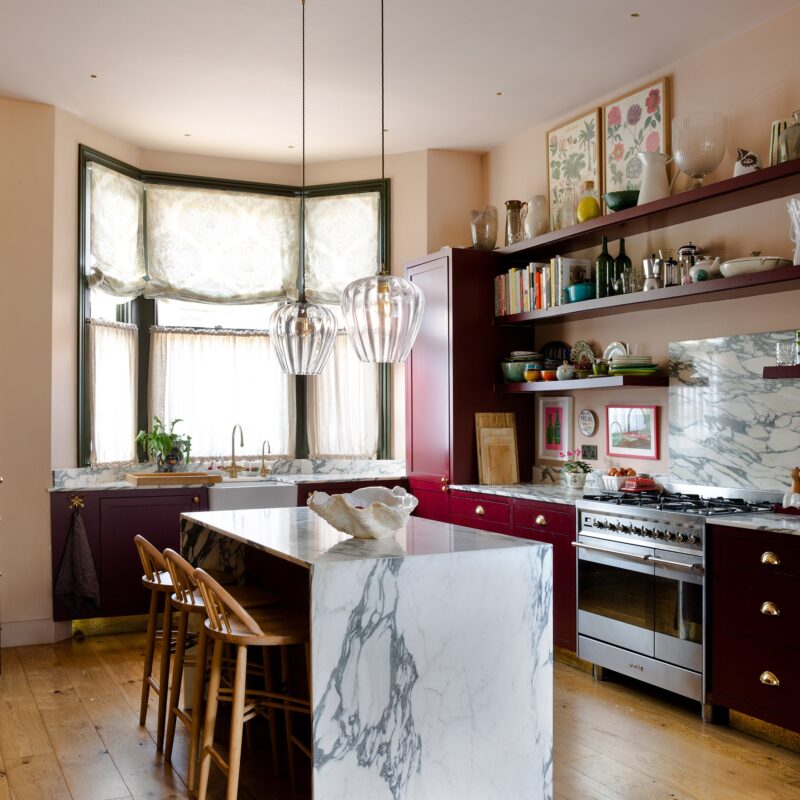Choosing a paint colour can be one of the most challenging and frustrating tasks when it comes to design and decoration. Where do you even start?! What is the colour going to look like when it’s up on the walls? Will it be too light, too dark? What colour should you paint the woodwork, the ceiling?
WHERE TO START
Here are a few things to consider when making your initial shortlist;
What is the room? A ‘walk through’ room or hallway, a spare bedroom or a downstairs loo are opportunities to be brave and bold with colour. Being spaces you aren’t going to be spending a lot of time in, there’s little chance of you becoming bored or overwhelmed by the colour. A light and bright kitchen / diner on the other hand, might be somewhere where you’d opt for a neutral colour; a busy space needs to be adaptable and have the capacity to cater for a variety of people, events and circumstances. You can inject colour and interest through other means, such as fabrics, art, accessories and books.
Is there a piece of art in the room which strongly features a particular colour? Is there a leading fabric which includes a colour that you could compliment or replicate with your paint colour? Is there a colour in an existing rug that would make an interesting wall colour? Consider these elements when choosing your paint colour.
LIGHT & DARK
Don’t be put off using a bold, dark colour in a space which is short of natural light. It’s a bit of a myth that using a light colour in a dark space will make it feel lighter. By doing this you will simply accentuate that the space is dark, as a colour which is supposed to be looking light and bright is actually looking rather dark and dreary. Instead, you can capitalise on the lack of light by choosing a bold, dark colour, and in turn create drama and atmosphere.
- Pandora Sykes' bedroom painted in a mix of Farrow & Ball, 'Calamine' and Edward Bulmer 'Cuisse de Nymphe Emue'
- Angelica Squire's kitchen walls painted in Farrow & Ball, ' Setting Plaster', with cabinets painted in Farrow & Ball, 'Preference Red'.
WOODWORK & CEILINGS
For a more contemporary finish, consider painting your skirtings and cornices in the same colour as your wall colour. Not only will this give a modern feel but it will also make the space feel larger – the fewer the contrasts, the more a space flows; continuity is key when giving an illusion of space.
Think also about painting your ceiling the same colour as your walls. This is particularly effective in smaller spaces as is if the ceiling is not defined, your eye won’t register it and therefore its proximity to you. If opting for a contrasting colour on woodwork and ceilings, choose a neutral which complements your wall colour. For example if your walls are a plaster pink, woodwork and ceilings should have warm tones and not be overly contrasting. Equally, an off white on the ceilings will be softer on the eye and won’t stand out quite as much as a ‘Brilliant White’ ceiling.
Alternatively, you may want to highlight your woodwork by painting it in an entirely different colour to your walls. This can be fun, playful and very effective.
TESTING TESTING
When testing paint colours make sure you paint a good two coats onto a piece of card. This will ensure you’re testing the true colour (as opposed to painting an off white straight onto a bright blue wall for example), and will also enable you to move the piece of card around the room and see it in different lights. I would also suggest looking at your sample in both daylight and when it is dark outside. Ensure that you are looking at your sample in the room in which you intend on painting it. Colours can vary enormously in different lights, so it’s important that your testing environment is accurate.
- Brandon Schubert's sitting room painted in Farrow & Ball, 'Castle Grey'.
FINISHES
You’ve picked your colour, now what finish to go for? As a rule of thumb, the shinier the paint, the tougher, more durable and water resistant it will be. For bathrooms, kitchens and high traffic areas, choose a tough, hard wearing emulsion. Such paint may have a slight sheen. For bedrooms and sitting rooms, opt for a matt emulsion. Woodwork can be painted in an eggshell finish; a water based eggshell has a lower sheen level than oil based and has a shorter drying time, however it is not quite as durable as an oil based paint. Equally, you may want to play around with a full gloss finish. This can be great for woodwork and furniture, or even walls!
SOME OF MY FAVOURITES
A starter for ten - here are some of my favourite paint colours:
- Farrow & Ball - Setting Plaster
- Dulux Trade - Florentine Red
- Little Greene - Joanna
- Farrow & Ball - Vardo
- Paint & Paper Library - Squid Ink
- Little Greene - Hicks Blue
- Dulux Trade - India White




